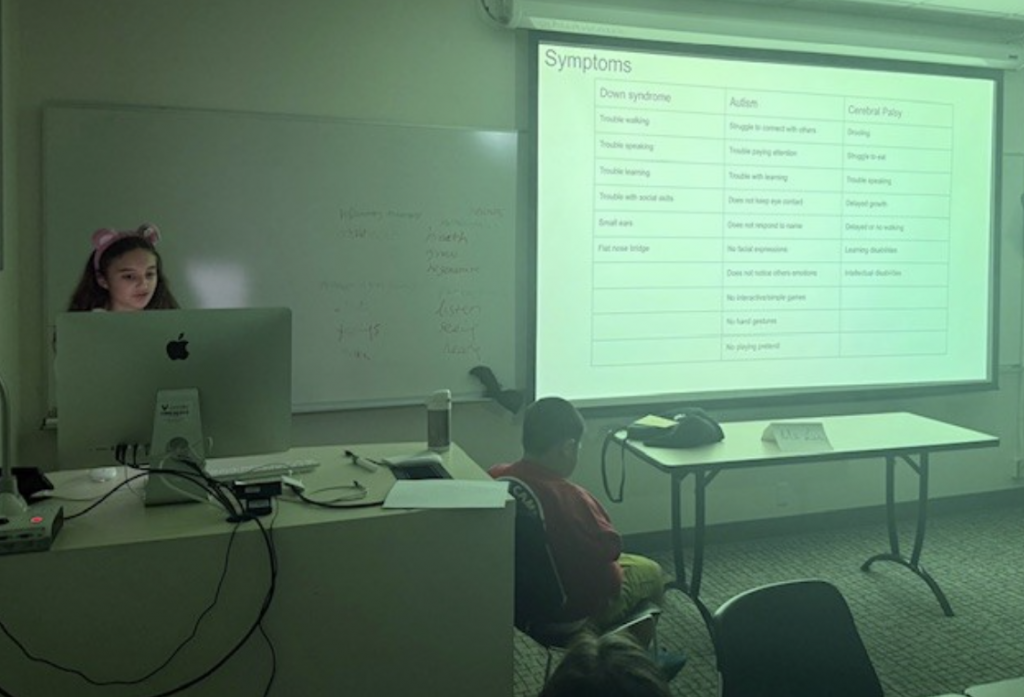Summer SAVY, Session 4 Day 5, “Intro to Neurobiology” (5th-6th)
We began the day with our students continuing to work on their final projects in a computer lab. Our final project invited students to choose a topic that interests them and is relevant to neurobiology or psychology. Our students worked/researched on questions/issues like what the topic is about, history, challenges, and future directions of research in the area, why the student was interested in the topic, online courses to help use understand this topic better, and people (e.g., university professors) to help us learn more about the topic.
After ORA, we headed to our classroom for a discussion on the scientific method. We asked, “What is science?” Many students showed impressively sophisticated understanding of science, not as specific disciplinary knowledge like physical laws, but as a way of obtaining and establishing knowledge using objective evaluations. We then delved into some assumptions and methods of science. For example, science should be discoverable and assumes that the world has regularities for us to discover. For the discoverability, we looked at theories that can or cannot be proved. Our students did a very good job trying to come up with a hypothesis from a theory, such as how to know if moneys understand fairness. They were thinking like a scientist! We then watched a video about how scientists test if monkeys understand fairness. For the regularities of the world, we watched a video about the fascinating Fibonacci sequence and how it is almost everywhere in nature – a prime example of discoverable law in nature.
After lunch, we continued to work on understanding the scientific method, and this time, we thought about when and how we can make causal claims, that is, “Does A cause B?” We discussed three conditions for causality: 1. Temporal precedence, 2. Covariation, 3. Alternative explanations. We looked at many cases together for a better understanding of these conditions. For instance, if Amy lost a lot of weight in the past few weeks and is beginning a new, healthier diet today, we can’t say that the new diet “caused” the weight loss because it didn’t happen before the weight loss. Then, each of our four groups of students worked on cases where people claim that “A causes B” and evaluated whether those causal claims are warranted.
Finally, we began our exciting final project presentations! The topics presented by our students included: false memories, dopamine, adverse childhood experiences, mental disorders, congenital insensitivity to pain, ADHD, locked-in syndrome, energy transmissions between neurons, autism spectrum disorders, and early stages of the nervous system. The presentations were very informative and included moving videos to help us understand the topics. Our students also asked great questions and offered sincere compliments to each other!
Here is a link to their presentations:
https://drive.google.com/drive/folders/1IxXzBBFdmxR9Qx8QD_wxqfRqsE3lOIhA?usp=sharing

